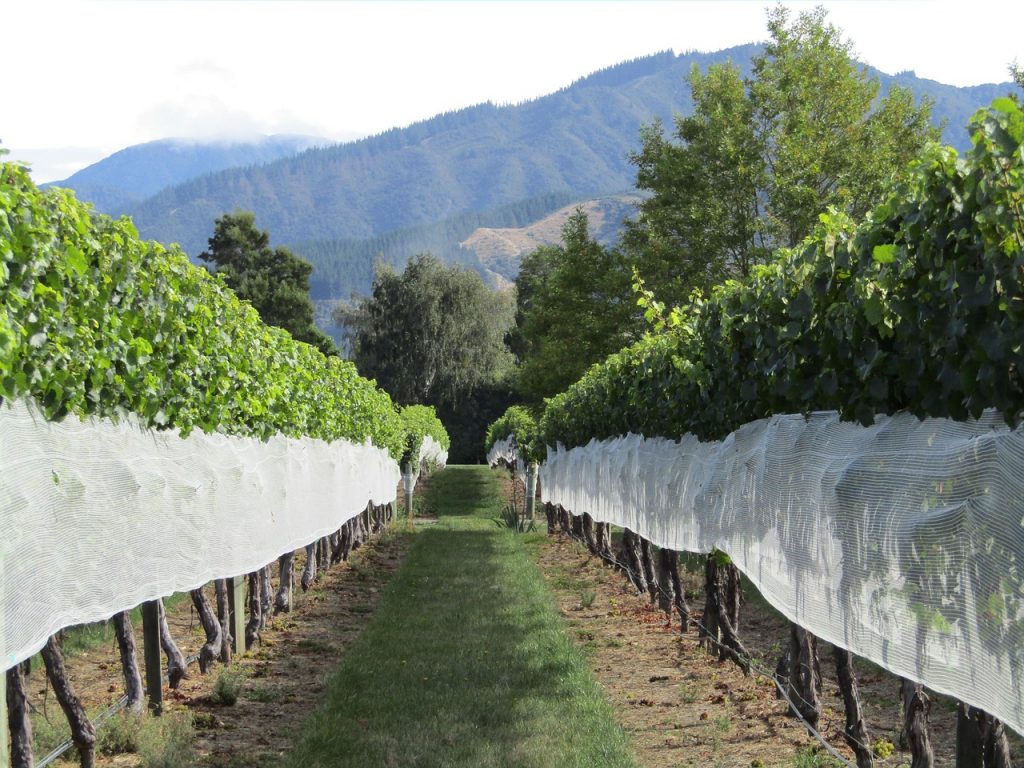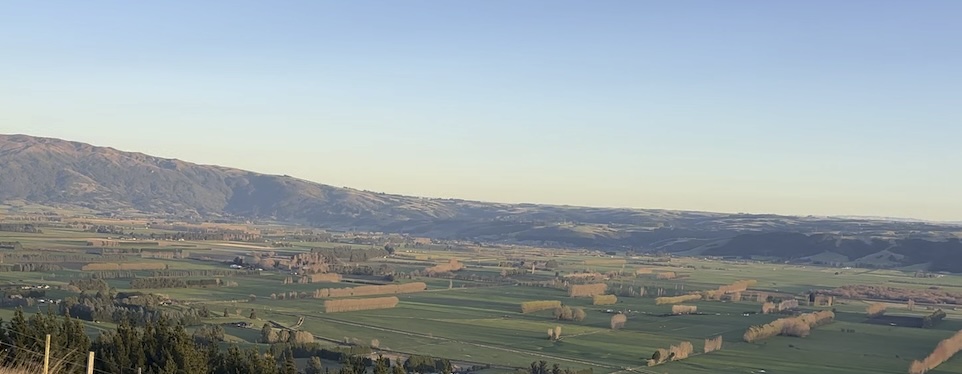
Nestled in the northeastern corner of New Zealand’s South Island, Marlborough is synonymous with world-class Sauvignon Blanc and picturesque vineyards. This iconic wine region is leveraging satellite technology to refine its viticultural practices, ensuring sustainability and maintaining its global reputation for excellence.
Revolutionizing Marlborough’s Vineyards with Satellite Insights
Marlborough’s sprawling vineyards, covering over 26,000 hectares, are uniquely suited to benefit from satellite innovations. These technologies provide invaluable data that address the region’s distinct challenges and opportunities:
- Optimizing Irrigation for Sauvignon Blanc Marlborough’s dry climate and well-draining soils create ideal conditions for grape cultivation but also necessitate careful water management. Satellites like Sentinel-2 monitor soil moisture levels and vine stress in real time. This allows growers to implement precision irrigation, reducing water waste while enhancing grape quality.
- Monitoring Canopy Health for Consistent Quality The canopy—the leaves and shoots of grapevines—plays a crucial role in protecting grapes and influencing flavor profiles. Satellite imagery captures data on canopy density and chlorophyll content, enabling vintners to adjust pruning and canopy management practices for optimal grape ripening.
- Disease and Pest Management Early detection of diseases like powdery mildew or pest infestations is critical in viticulture. High-resolution satellite imagery identifies subtle changes in vine health, allowing vineyard managers to target treatments precisely and minimize chemical use.
- Enhancing Yield Predictions Accurate yield forecasting is essential for planning harvests and meeting market demands. Satellites track vine growth patterns and environmental conditions, helping growers predict yields with greater accuracy and allocate resources efficiently.
- Sustainability Through Land Management Marlborough’s commitment to sustainable winegrowing is supported by satellite data. By mapping erosion-prone areas and monitoring water bodies, vineyards can adopt practices that protect the environment while maintaining productivity.
Real-World Applications in Marlborough
- Iconic Sauvignon Blanc Vineyards Renowned wineries in the Wairau and Awatere Valleys are using satellite insights to refine their irrigation schedules and canopy management techniques. This precision approach has led to wines with more consistent flavor profiles, reinforcing Marlborough’s reputation on the global stage.
- Boutique Wineries Leading Innovation Smaller vineyards are also embracing satellite technology to gain a competitive edge. By analyzing microclimates and soil variations, boutique wineries can produce distinctive wines that highlight the unique characteristics of their terroir.
- Collaboration Across the Industry Industry groups like New Zealand Winegrowers are facilitating access to satellite data and training programs, ensuring that both large-scale producers and small growers benefit from technological advancements.
Addressing Challenges in Marlborough’s Viticulture
Despite its advantages, the integration of satellite technology comes with challenges:
- High Initial Costs: Small-scale wineries may struggle to afford high-resolution satellite imagery and associated tools.
- Data Literacy: Understanding and applying satellite data requires specialized knowledge, necessitating training programs for vineyard staff.
- Integration with Traditional Practices: Combining satellite insights with traditional winemaking techniques requires careful adaptation.
Local initiatives and partnerships are addressing these barriers by providing financial support, accessible platforms, and educational resources tailored to Marlborough’s viticulture.
The Future of Satellite Technology in Marlborough’s Wine Industry
As satellite technology continues to advance, its impact on Marlborough’s vineyards will deepen. Emerging tools, such as AI-powered analytics and drone integration, promise even greater precision in vineyard management. These innovations will enable vintners to craft wines that reflect the unique essence of Marlborough while meeting the demands of a changing climate.
Marlborough’s embrace of satellite technology highlights the intersection of tradition and innovation. By leveraging cutting-edge tools, the region is ensuring its place as a global leader in winemaking, demonstrating that even the most storied wine regions can benefit from a high-tech touch.
